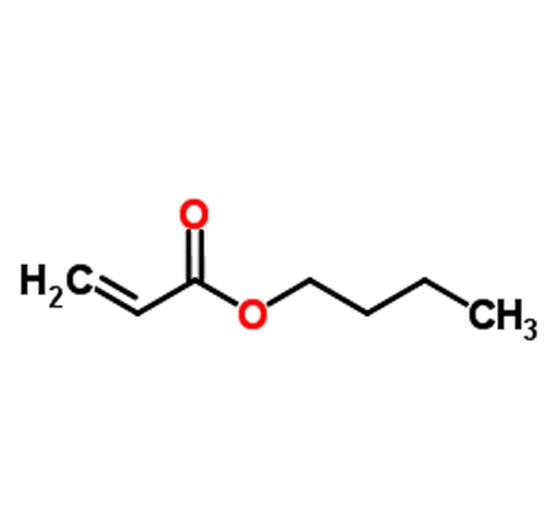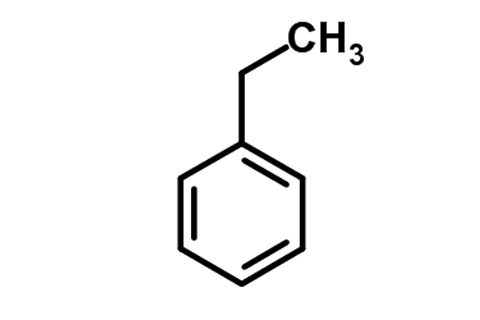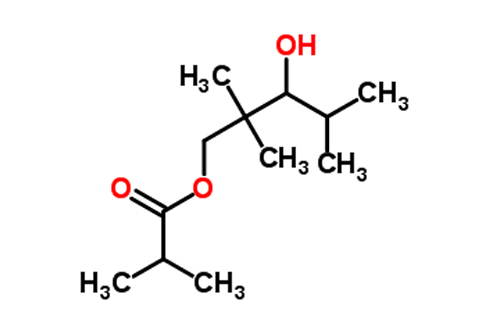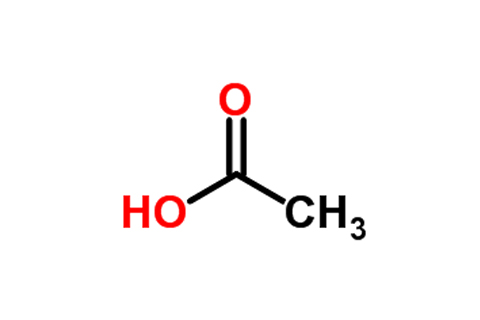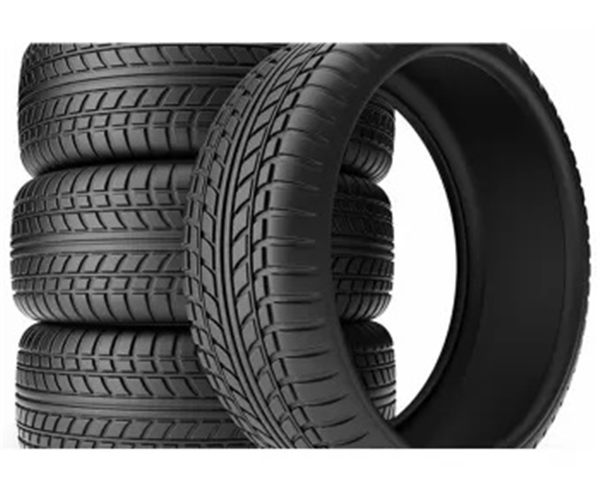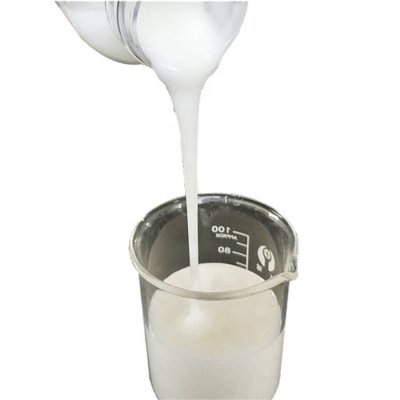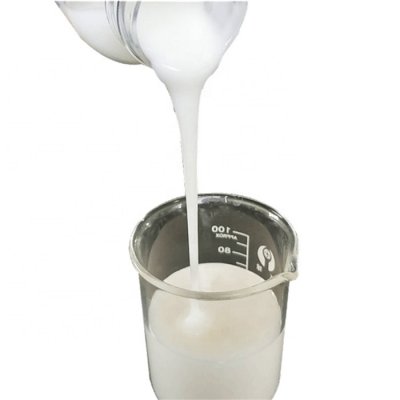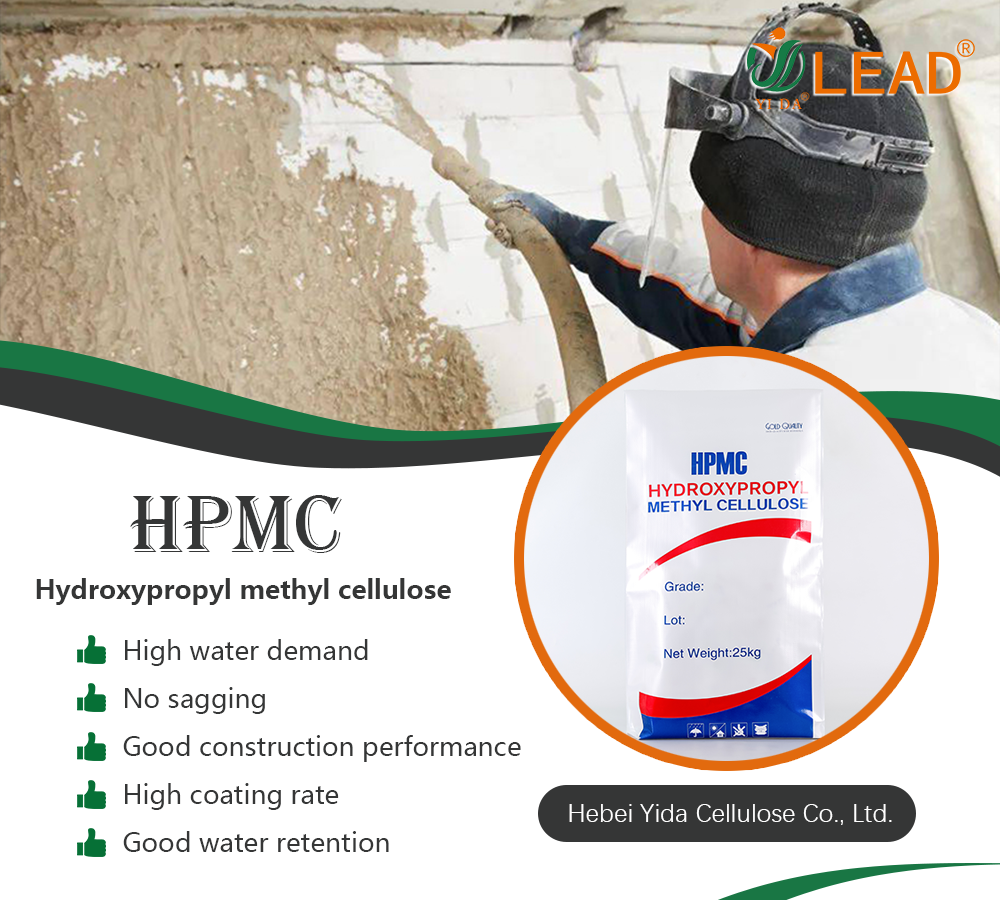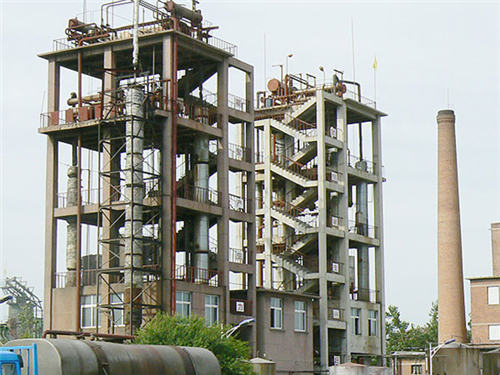Aromatic Hydrocarbons
Aromatic hydrocarbons are the collective name for benzene and its carbon and hydrogen-only derivatives, which are hydrocarbon compounds with one or more benzene rings in their molecular structure. The simplest and most important aromatic hydrocarbonsare benzene and its congeners toluene, xylene, ethylbenzene, etc.
TYPES OF AROMATIC HYDROCARBONS
Ethylbenzene
P-XYLENE
M-Xylene
1,2,4-Trimethylbenzene
Mesitylene
AROMATIC HYDROCARBONS BENEFITS
Aromatic hydrocarbons, also known as arenes, have several benefits including:
Fuel: Aromatic hydrocarbons are used as fuel additives, due to their high energy density and low volatility.
Solvents: They are widely used as solvents in various industrial processes, due to their non-reactivity and low toxicity.
Intermediates: Aromatic hydrocarbons are used as intermediates in the synthesis of a variety of chemicals such as pharmaceuticals, dyes, and plastics.
Aroma: Aromatic hydrocarbons are also used in perfumes, fragrances, and flavors, due to their pleasant aroma.
Pesticides: Some aromatic hydrocarbons, such as pyrethroids, are used as insecticides and pesticides.
AROMATIC HYDROCARBONS PRODUCTION
Aromatic hydrocarbons are a class of organic compounds that contain one or more aromatic rings, such as benzene, toluene, and xylene. These compounds are widely used as raw materials in the production of various chemicals and plastics, such as polyethylene terephthalate (PET) and polyurethane.
The production of aromatic hydrocarbons typically involves two main processes: extraction and refining. In the extraction process, crude oil or natural gas is processed to extract the desired hydrocarbons, including aromatics. This process involves fractional distillation, in which the different hydrocarbons are separated based on their boiling points.
Once the aromatics are extracted, they undergo a refining process to remove impurities and convert them into the desired products. This refining process may involve various techniques, such as catalytic reforming, which converts naphtha into higher-octane aromatics; alkylation, which combines smaller molecules to form larger ones; and transalkylation, which converts alkylated aromatics into the desired product.
The production of aromatic hydrocarbons is a complex process that requires specialized equipment and expertise. The use of advanced technologies, such as catalysts and process control systems, has enabled manufacturers to produce high-quality aromatics efficiently and cost-effectively.
In addition to their use as raw materials in the production of chemicals and plastics, aromatic hydrocarbons are also used as solvents, fuels, and intermediates in the manufacture of pharmaceuticals and other products. They play a vital role in many industries and are essential in modern society.
WHY CHOOSE TOPFINE AROMATIC HYDROCARBONS
producing high-quality aromatic hydrocarbons that meet strict industry standards and customer requirements.
Competitive pricing: TOPFINE may offer competitive pricing for their aromatic hydrocarbon products, ensuring that customers receive good value for their investment.
Excellent customer service: TOPFINE may prioritize providing excellent customer service and support, ensuring that their customers' needs are met and questions are answered in a timely and helpful manner.
Expertise:
TOPFINE may have extensive experience and knowledge in the production and supply of aromatic hydrocarbons, which enables them to provide tailored solutions to meet specific customer needs.
Reliability: Customers may trust TOPFINE to consistently provide reliable and timely delivery of their products.
Customization: TOPFINE may be able to provide customized products and solutions to meet the unique requirements of their customers.
AROMATIC HYDROCARBONS APPLICATIONS
Aromatic hydrocarbons have a wide range of applications in various industries. Some of the common applications of these compounds are:
Production of fragrances and flavors:
Aromatic hydrocarbons are used as key ingredients in the production of fragrances and flavors. They help to create the characteristic aromas and tastes of various products, such as perfumes, cosmetics, and food products.
Production of plastics:
Aromatic hydrocarbons are used as raw materials in the production of various types of plastics, including polyethylene terephthalate (PET) and polyurethane. These plastics are used in a wide range of products, such as packaging materials, textiles, and construction materials.
Production of synthetic fibers:
Aromatic hydrocarbons are used in the production of synthetic fibers, such as nylon and polyester. These fibers are used in various applications, including clothing, upholstery, and carpets.
Production of detergents:
Aromatic hydrocarbons are used as surfactants in the production of detergents and cleaning products. They help to reduce the surface tension of water and improve the cleaning performance of these products.
Production of fuels:
Aromatic hydrocarbons are used as components in gasoline and diesel fuels. They help to improve the octane rating of gasoline and the cetane rating of diesel, which improves the performance of these fuels.
Production of pharmaceuticals:
Aromatic hydrocarbons are used as intermediates in the production of various pharmaceuticals, such as antibiotics, anti-inflammatory drugs, and anticancer drugs.
As a professional fine chemicals manufacturer, Topfine chemical is a leading distribut of chemistry and related innovative products and services, delivering thousands of products from industrial to fine chemicals in china. Because of abundant distribution network, ensure deliver goods fast with precision and reliability.
Now the price of acid phthalicis reasonable, if you are interested, please contact us.
Send product request
Other supplier products
| Butyl Acrylate Cas 141-32-2 Wholesale | Butyl Acrylate Cas 141 32 2Wholesale Colorless liquid. Melting Point -64.6 ° C, Boiling Point 146-148 ° C, 69 ° C (6.7 KPA-RRB- , rela... | |
| Aromatic Hydrocarbons | Aromatic Hydrocarbons Aromatic hydrocarbonsare the collective name for benzene and its carbon and hydrogen-only derivatives, which are hydrocarbon... | |
| Film-forming Agent | Film-forming Agent A film forming agentis a substance that forms a continuous, protective layer on a surface. This layer can be used for various p... | |
| Food Additives & Feed Additives | Added to food to maintain or improve the safety, freshness, taste, texture, or appearance of food substances are known as food additives. Feed supp... | |
| Fine Chemical Products | Fine chemicals are specialty chemical products that are manufactured in small quantities and have a high level of purity. They are used as intermed... |
Same products
| OSi HIOSil BDAC CAS 13170-23-5 | Seller: OSi Holding Limited | Product Description Chemical Name: Di-tert-butoxydicaetoxysilane CAS No.: 13170-23-5 Typical... | |
| Silicone defoamer, Fatty alcohol defoamer, Polyether defoamer, Mineral oil defoamer | Seller: Nanjing Invelychem Co., Ltd | Our INVINO antifoams are versatile, catering to a wide range of industries including papermaking,... | |
| Silicone defoamer, Fatty alcohol defoamer, Polyether defoamer, Mineral oil defoamer | Seller: Nanjing Invelychem Co., Ltd | Our INVINO antifoams are versatile, catering to a wide range of industries including papermaking,... | |
| HPMC powder | Seller: YIDA HPMC | Hydroxypropyl methylcellulose (HPMC) is made of refined cotton after being pulverized, then react... | |
| UHMWPE Plant | Seller: Hubei Sanli Fengxiang Technology Co., Ltd | Ultra high molecular weight polyethylene (hereinafter called as UHMWPE) is a linear structural po... |










